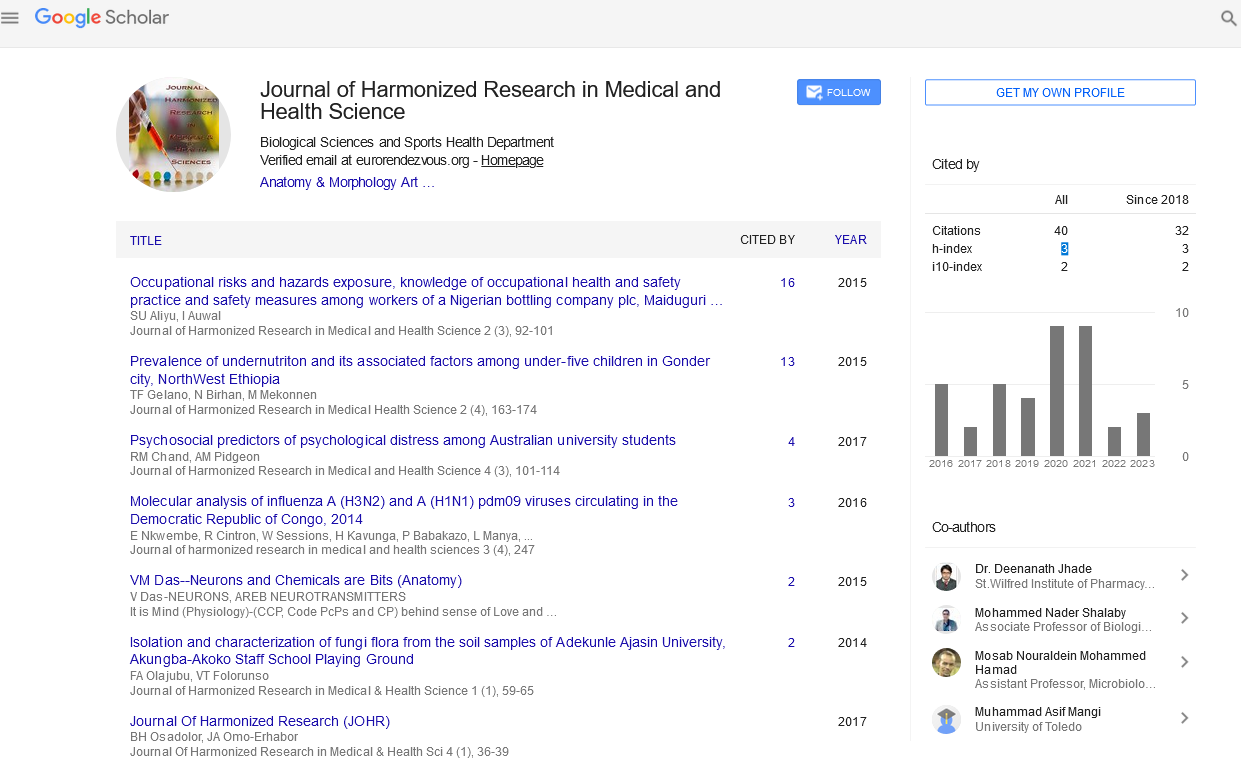AN AUDIT OF ACELLULAR DERMAL MATRIX (ADM) ASSISTED BREAST RECONSTRUCTION PROCEDURES ? ARE ANTIBIOTICS UNAVOIDABLE?
Abstract
Author(s): Mario Metry, Mr. Shaaban, Rob Thomas, Zainab Shakoor, Youssef Magdi, Michael Carr.
Introduction: The use of ADM grafts in breast reconstruction has been widely adopted in the UK. Following the National Mastectomy and Breast. Reconstruction Audit, joint guidelines from ABS and BAPR AS were published in 2013 with regards to the use of ADMs in breast reconstruction. The aim is to audit clinical outcomes in our district general unit against these guidelines. Method: Data were collected retrospectively from medical records over a one-year period. Indications; cautions; surgical technique; post-operative infection; implant loss; patient reported outcome measures; unit and organization criteria were recorded. Results: A total of 23 patients in whom ADM was used were included in the study. The median age was 52 y (40-69y), Average BMI 25. 14 patient s (60.8%) had immediate reconstruction with expander or dual chamber implant, 5 patients (21%) had delayed 2nd stage reconstruction and 4 patients (17.3%) had risk-reducing mastectomy. We met the NMBRA (National Mastectomy and Breast Reconstruction Audit) target in achieving 0% return to the theatre for local complications, compared with NMBRA of 7.6%. We also had 4% rate of implant loss within 3 months compared 9% in NMBRA. 100%of our patients received written information about breast reconstruction. 2patients (8.6%) had proven wound infection. 5 patients (23%) took a further course of antibiotics for suspected wound infection. The debate lies in the need for antibiotics for the Red Breast Syndrome that may improve without antibiotics vs. the possible loss of implant if proven infection and hence the high antibiotic rate.










